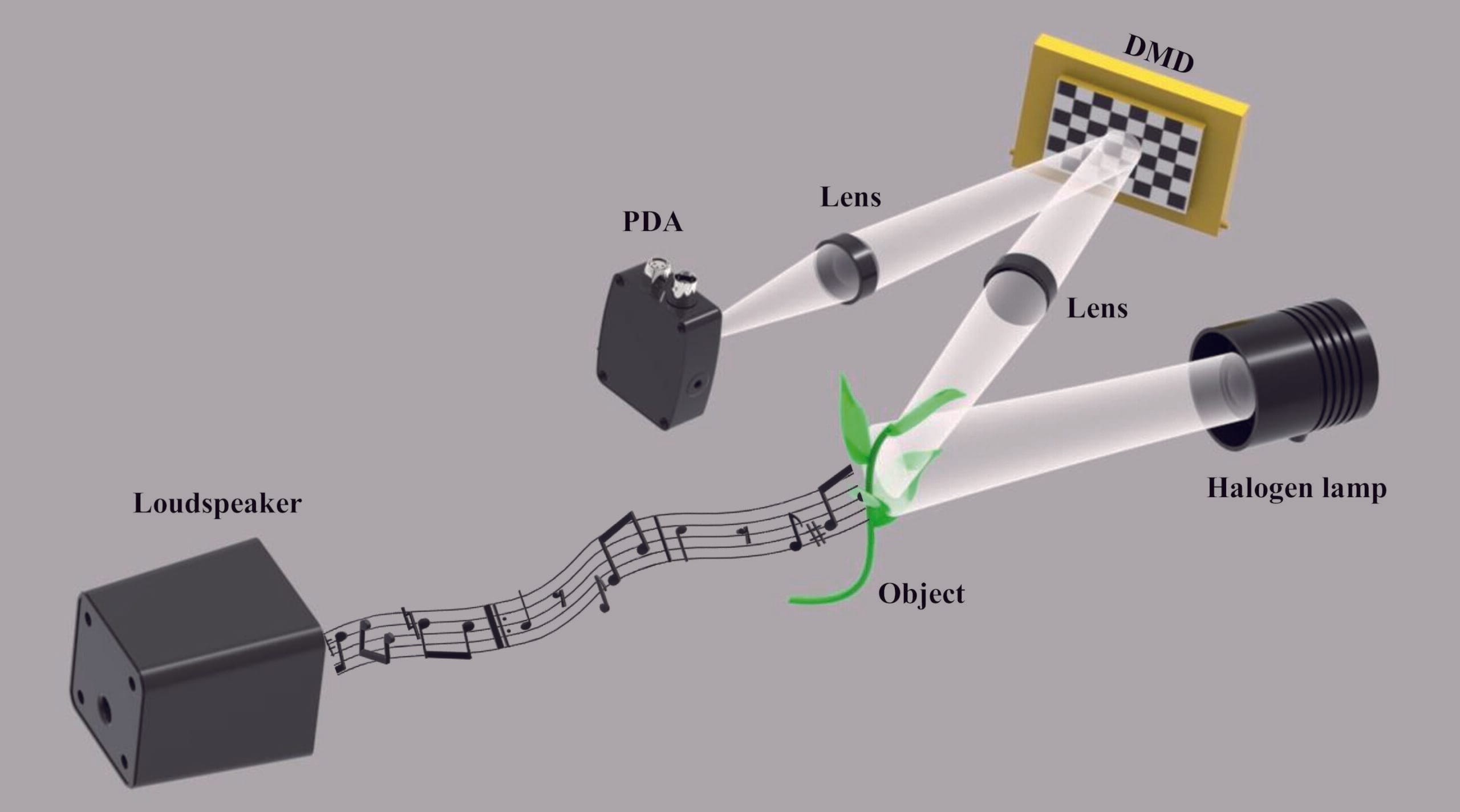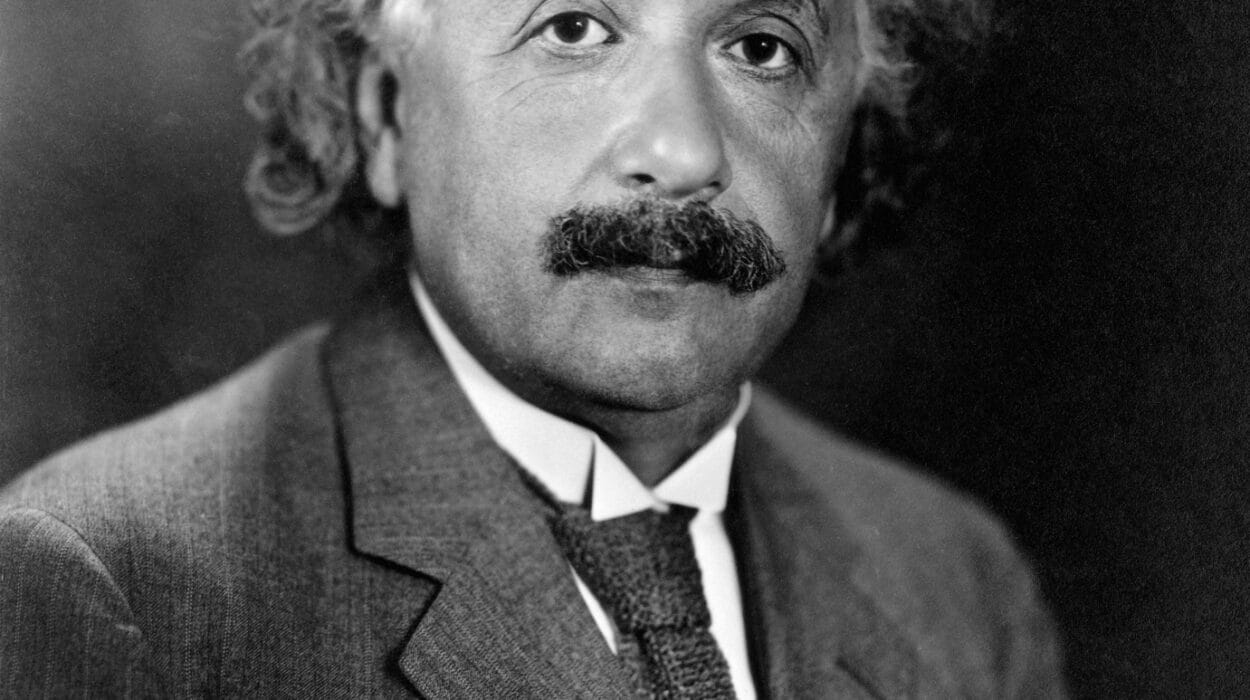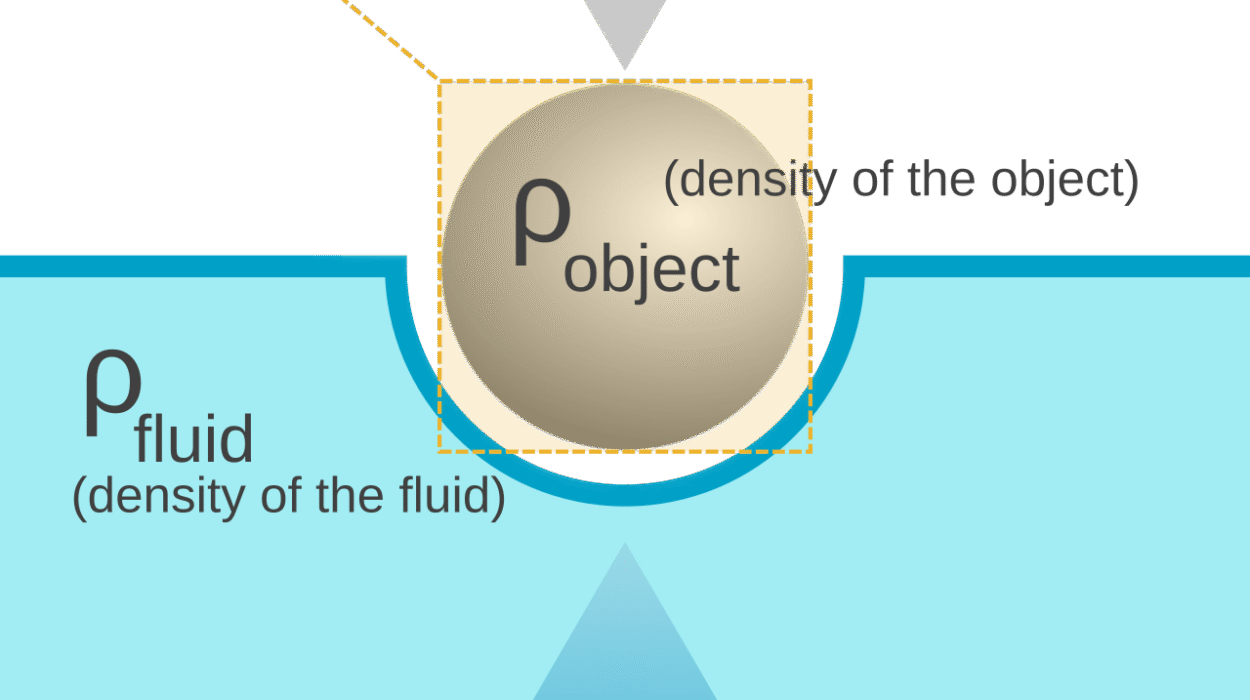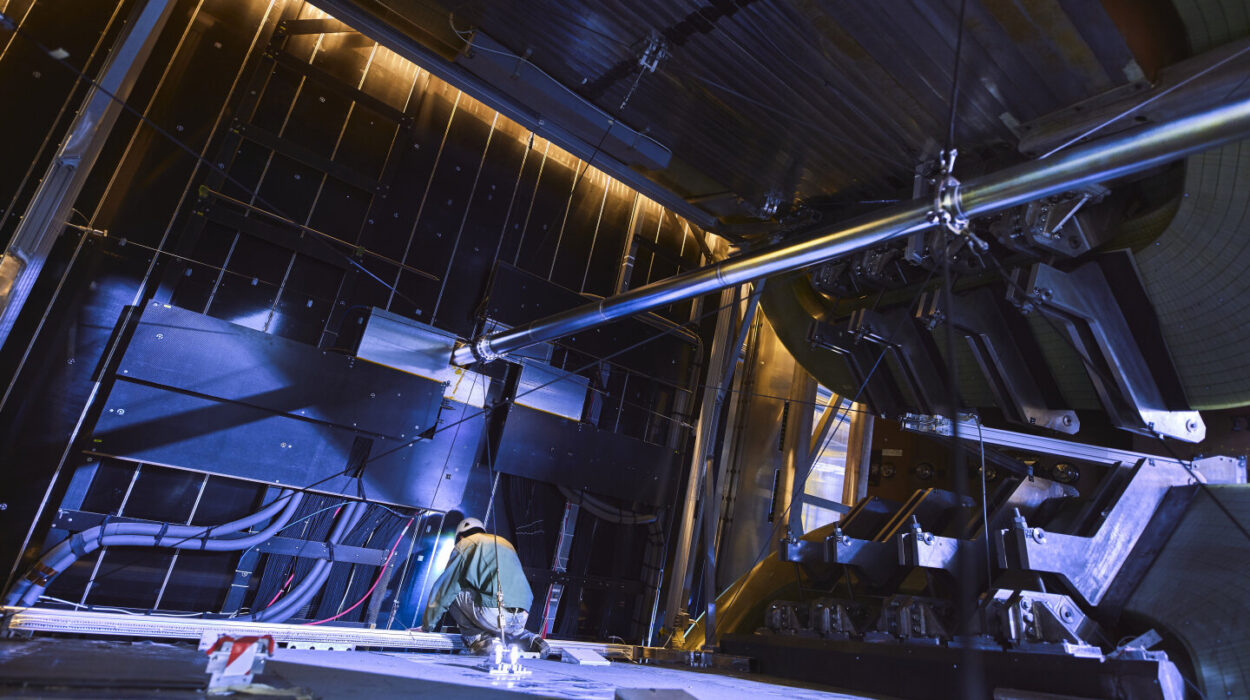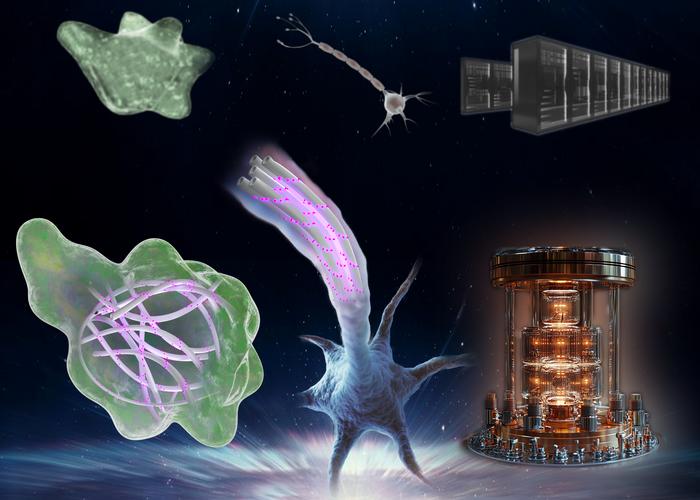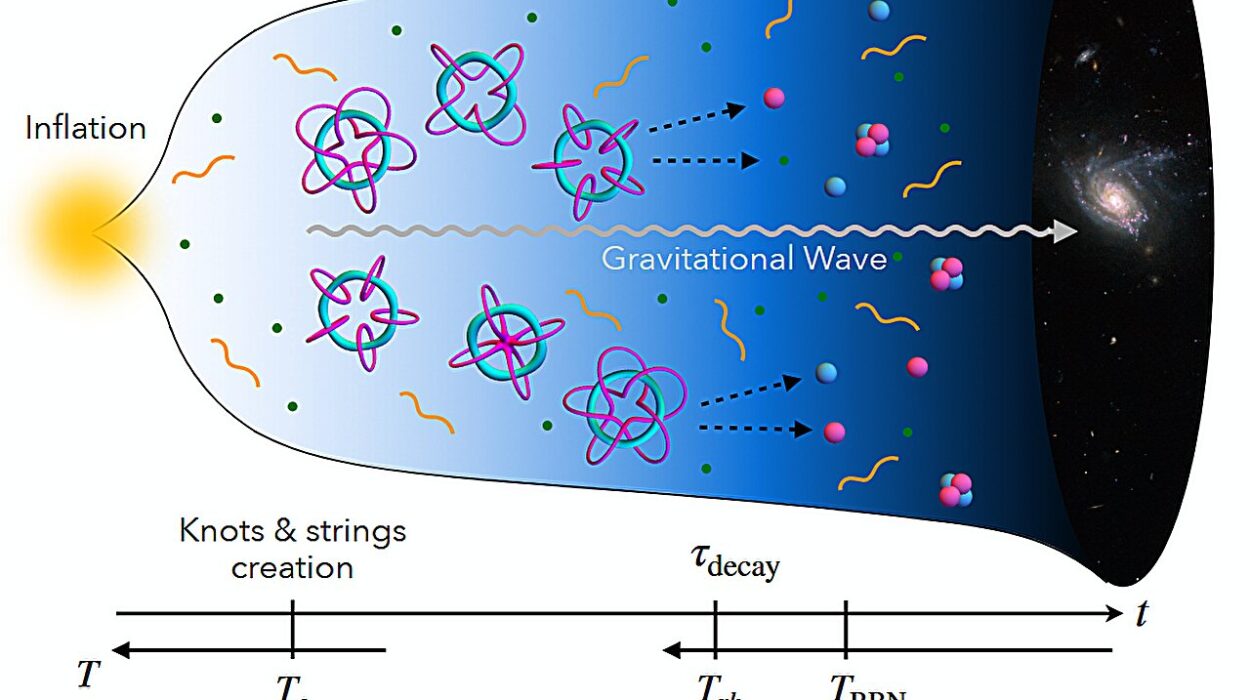In a groundbreaking development that blurs the line between sight and sound, researchers from the Beijing Institute of Technology have created a revolutionary microphone that doesn’t “hear” sound in the traditional way—it sees it. Led by optical physicist Xu-Ri Yao, the team has built a visual microphone that captures tiny vibrations on objects using light and transforms them into audible signals. The work, published in Optics Express, has the potential to reshape how we record, monitor, and interact with sound in complex or constrained environments.
Imagine having a conversation through a sealed glass window, where sound cannot travel freely. Or imagine eavesdropping on the rustle of paper from a distance, without needing any direct contact with the source. The new device makes such scenarios plausible—not through magic or science fiction, but by using precise optical tools and clever computational imaging.
Light as a Listener
Traditional microphones operate by picking up fluctuations in air pressure—essentially, they “feel” the sound. But these new visual microphones do something very different. They watch. When sound waves hit an object—a leaf, a piece of paper, or a windowpane—they cause it to vibrate. These vibrations are often imperceptible to the human eye but can be detected with the right kind of light and the right kind of mathematics.
“Our method simplifies and reduces the cost of using light to capture sound while also enabling applications in scenarios where traditional microphones are ineffective,” explained Xu-Ri Yao. “As long as there is a way for light to pass through, sound transmission isn’t necessary.”
In essence, if a surface is visible and vibrates in response to sound, this new system can reconstruct the sound purely by observing the surface with light. No wires. No direct contact. No audible waves. Just vision turned into hearing.
From Single Pixels to Complex Sounds
At the heart of this innovation lies a technique called single-pixel imaging. Unlike traditional digital cameras that capture millions of pixels simultaneously, this method uses only a single detector—a lone “pixel”—to record light. But it does so with intelligence.
Light from a vibrating surface is modulated using complex patterns by a device called a spatial light modulator. The single-pixel sensor records how much light is reflected back for each pattern. A computer then assembles the data like pieces of a puzzle, reconstructing not just an image—but in this case, sound.
To decode the motion of sound-induced vibrations, the researchers applied Fourier-based localization. This allowed them to isolate the minute fluctuations caused by sound waves and reconstruct them into a coherent, listenable audio signal.
The technique is so sensitive it can pick up vibrations from something as delicate as a leaf swaying under the pressure of a musical note. The researchers tested it by using paper cards and leaves to “receive” vibrations from a speaker playing Chinese and English numerals as well as Beethoven’s iconic Für Elise. Despite the seemingly primitive targets, the reconstructed audio was surprisingly clear.
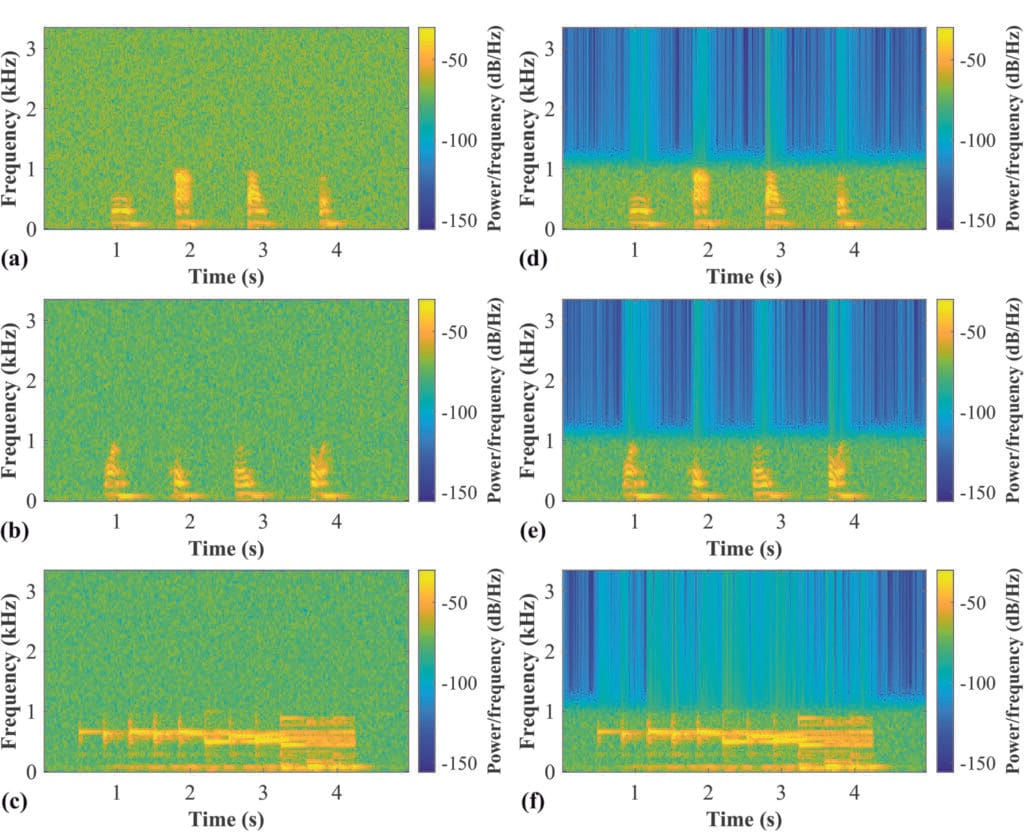
Simplicity Meets Power
Until now, most optical sound detection systems required expensive components like ultra-high-speed cameras or precision lasers. These setups, while powerful, were too costly and bulky for mainstream applications.
But Yao’s team has broken that barrier. By using single-pixel detection, they eliminated the need for complex imaging sensors. This not only slashes the cost but also dramatically reduces the amount of data that needs to be recorded. The device produces data at only 4 megabytes per second—lightweight enough for real-time transmission and long-term storage on everyday systems.
“Combining single-pixel imaging with Fourier-based localization methods allowed us to achieve high-quality sound detection using simpler equipment and at a lower cost,” said Yao. “Our system enables sound detection using everyday items like paper cards and leaves, under natural lighting conditions, and doesn’t require the vibrating surface to reflect light in a certain way.”
This adaptability is key. Many earlier systems required surfaces to be highly reflective or even retrofitted with special coatings. This new method works with whatever is available—even objects you’d find in a park or a kitchen drawer.
New Possibilities for Sound and Surveillance
The implications of this technology ripple across multiple fields. For security and surveillance, it could be used to monitor conversations through glass without physical microphones. In emergency scenarios, rescuers could communicate with people trapped behind barriers where sound cannot pass. In industrial settings, machines could be monitored for subtle vibrations indicating faults long before they fail audibly.
It also opens fascinating doors for medical and biometric sensing. The same sensitivity that picks up audio vibrations might be refined to monitor a person’s pulse or breathing, even from a distance. The researchers hinted at this possibility: “We aim to expand the system into other vibration measurement applications, including human pulse and heart rate detection.”
For environmental scientists, the ability to “listen” to the natural world from afar without disturbing it is a dream come true. Leaves fluttering in the wind, distant animal calls vibrating through vegetation, or even remote monitoring of fragile ecosystems could become new frontiers for study.
A Window Into the Future
What makes this technology especially compelling is not just what it does—but what it promises. The researchers are now working on improving the system’s sensitivity and making it portable. The long-term vision is a device compact and affordable enough to fit into a smartphone or be mounted on drones for aerial audio detection.
Another goal is range. Currently, the system operates effectively at a modest half-meter distance. But as the team refines their optics and computational algorithms, longer distances will become possible—perhaps eventually enabling remote listening across streets, buildings, or forests.
There is still a long way to go before this tool moves from laboratory curiosity to everyday product, but the building blocks are now in place.
Seeing Sound, Differently
It’s rare in science to witness a paradigm shift—a moment where a familiar sense is reimagined in an unfamiliar way. This is one of those moments. By turning light into hearing, this research team has shown us that the boundaries between our senses are not fixed. With clever optics and computation, what we see can tell us what we hear.
And perhaps that’s the most poetic part of this discovery: that silence, when seen with the right light, is not silence at all.
As technology continues to draw inspiration from nature while transcending its limitations, the visual microphone stands as a testament to what happens when scientists see the world not just as it is—but as it might be.
More information: Wei Zhang et al, A visual microphone based on computational imaging, Optics Express (2025). DOI: 10.1364/OE.565525, opg.optica.org/oe/abstract.cfm … oi=10.1364/OE.565525
